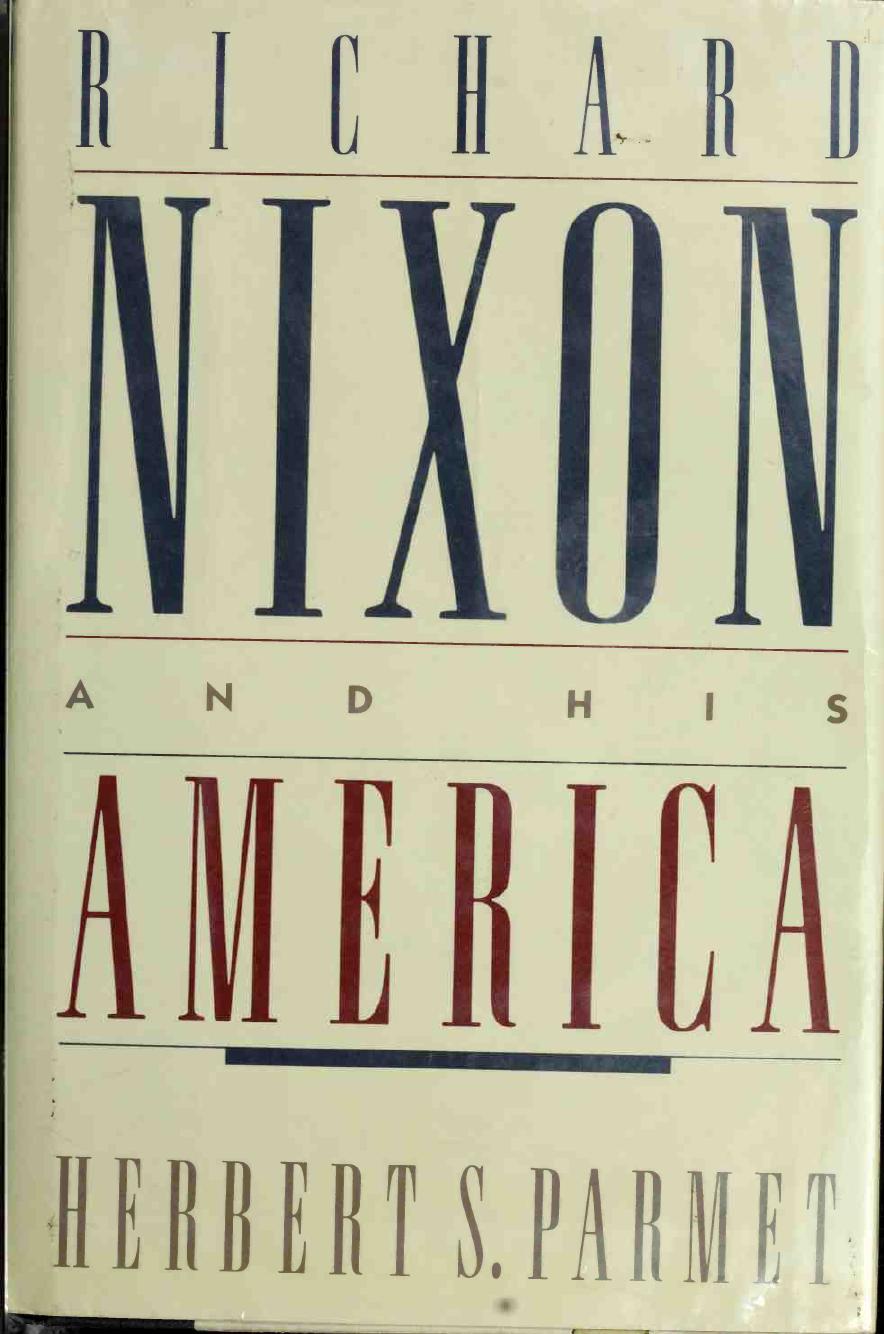
Richard Nixon and His America PDF
Preview Richard Nixon and His America
Attempts to depict the former president's complex personality and assesses his influence on American history
From Publishers WeeklyIn this biography by the author of JFK , "tricky Dick" 's errors figure little in the career of a steadfast public servant dedicated to "practical liberalism." This friendly but unfawning reassessment argues persuasively that the former president deserves more recognition for his party leadership and domestic and foreign policy than for the psychological peculiarities that have fascinated previous biographers. Nixon consented to "sit" for this portrait, granting interviews, making private papers available and easing access to family, friends and associates. The result is an opinionated but three-dimensional look at a pragmatic leader with formidable powers of survival--less a political partisan, contends the author, than a centrist intent on steering the Republican party along a middle course. Parmet's purview includes the forces that shaped the political culture in what he calls the Age of Nixon. Photos.
Copyright 1989 Reed Business Information, Inc.
The passage of time has brought with it numerous new perspectives on Nixon. The most ambitious scholarly study to date is Stephen Ambrose's Nixon , a three - volume political biography in progress. See Vol. 2., The Triumph of a Politician, 1962-1972 ( LJ 11/1/89).-- Ed. The two praiseworthy works noted here follow closely behind. Morris is a noted journalist and was a National Security Council staffer under Presidents Johnson and Nixon. His is an important retelling of Nixon's youth and career to 1952, using interviews and oral histories. Morris breathes fresh life into this familiar ground, providing sensitive insights into Nixon's personal and public life and creating a vibrant portrait of California social and political history in the first half of the 20th century. Parmet, a historian known for biographies of Eisenhower and Kennedy, scores a coup by basing his riveting account on recent interviews with Nixon himself and such Nixon intimates and enemies as Bebe Rebozo and Alger Hiss. Parmet finds Nixon so apt a representative of and scapegoat for post-New Deal America that he dubs the era the "Age of Nixon." Both Morris and Parmet demonstrate considerable literary and scholarly skills; their books reverberate with accuracy and detail. Taken together or separately, they demonstrate the reason for Nixon's astounding successes and failures and for Americans' continued emotional entanglement with them. Both works fascinate, and they will reward scholars and general readers with a deepened human perspective on Nixon and his times. Both previewed in Prepub Alert, LJ 9/15/89.
- Susan E. Parker, Harvard Law Sch. Lib.
Copyright 1989 Reed Business Information, Inc.
